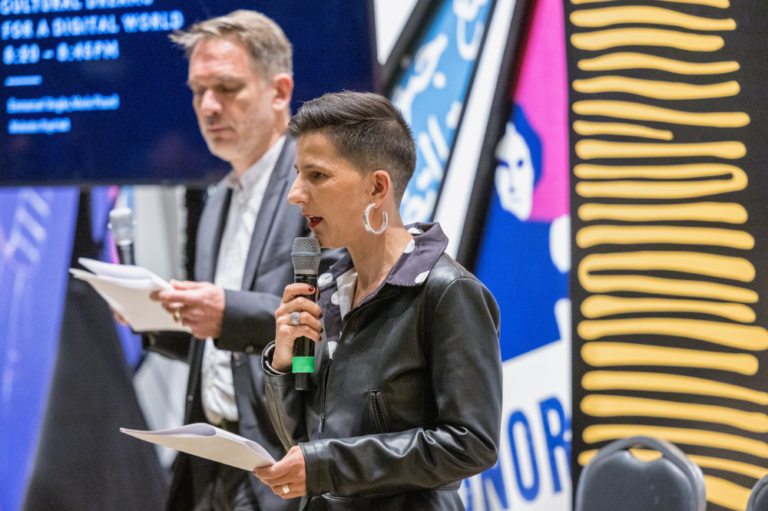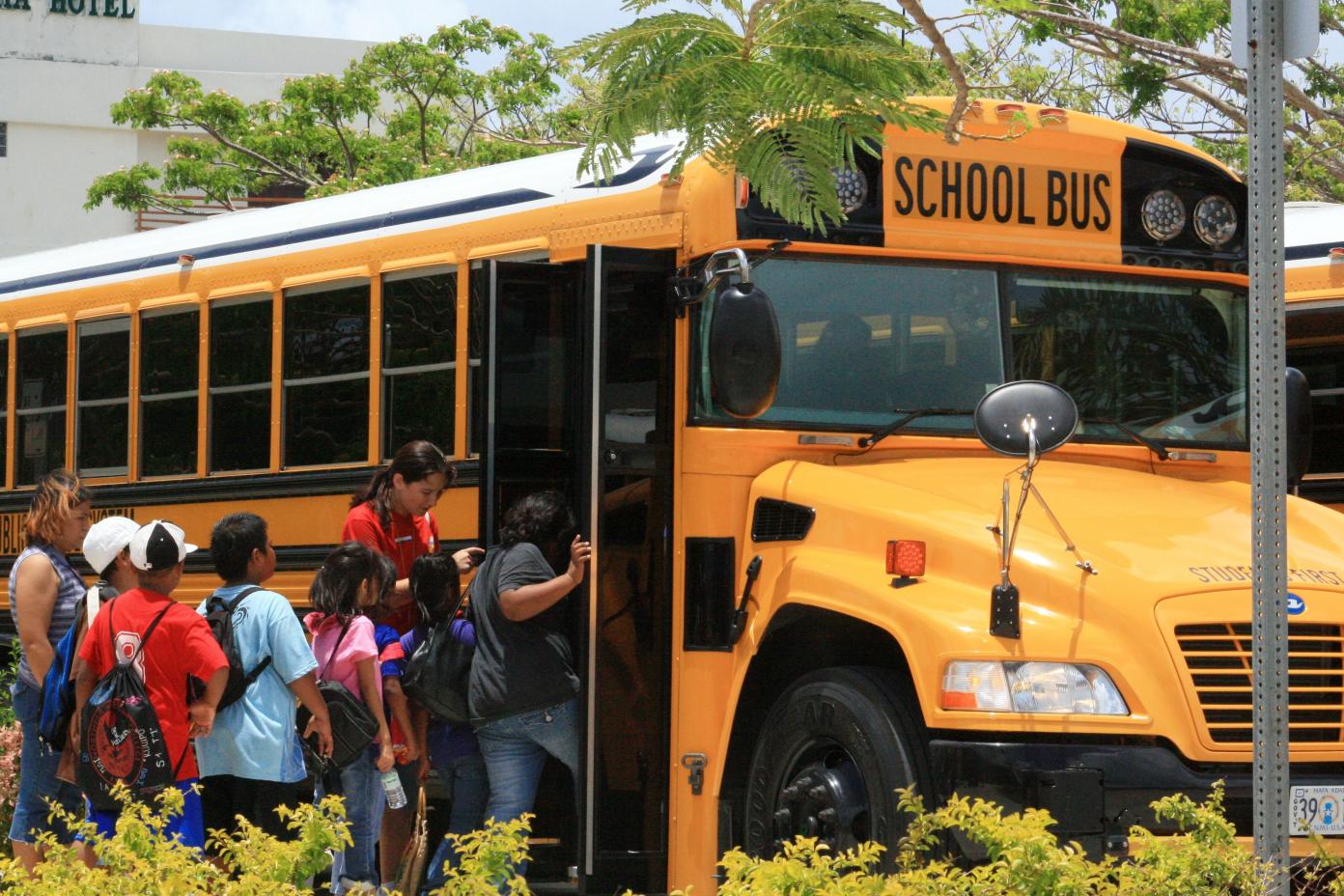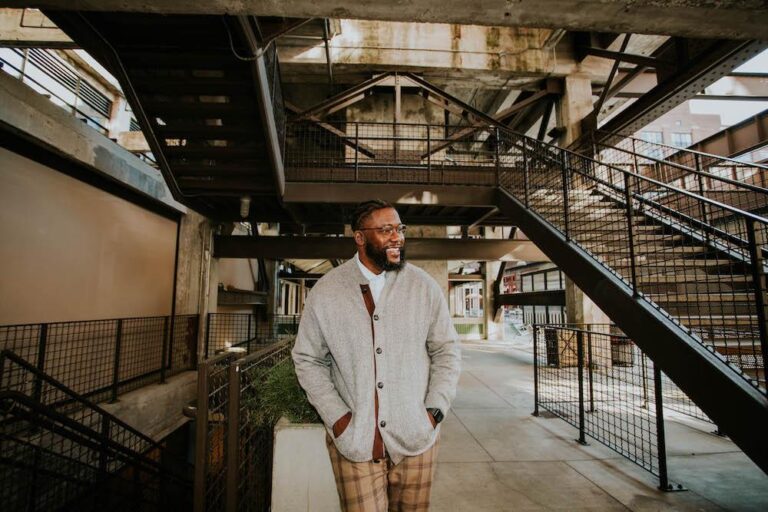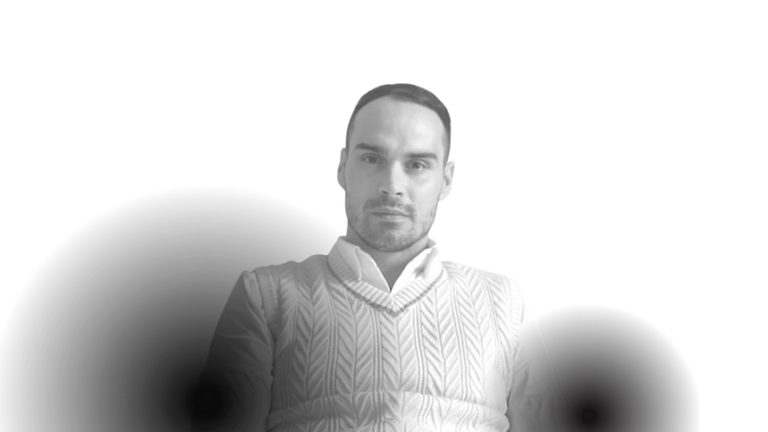
Where Are We Going? School as an Opening to the Unpredictable

By Noah W. Sobe
How can we respond to the question “Where are we going?” without looking at school as a place where the future is built? Education specialist Professor Noah W. Sobe invites us to free ourselves from this vision of school as a tool to control tomorrow. Paradoxically, if education is to truly help build the future, we should not try to anticipate.
For some time now we have looked to education with sincere hopes that what we teach and learn augurs the future. We turn to schools to educate “future generations,” “future leaders,” and “future citizens.” Across the twentieth century, Americans have viewed their schools with tremendous aspiration—and, at times, with great fear and concern.
Beyond the United States, as schools and universities were globalized across the twentieth century, most societies have come to view education as a potent lever for change (or to try and block it). “Children are the future,” the popular saying goes. In this logic, when we shape our children, we are shaping the future. Yet, while intuitive and often put forth as taken-for-granted common sense, the relationship between education and our futures deserves more careful thought.
We could take the question of where we are going as a straightforward foresight exercise. In 2050, despite the occasional setback, if current trends hold we’ll have moved closer to gender equality, perhaps also closer to effectively advancing the cause of racial justice through our schools, though there are also trends toward privatization and commercialization and an increasing displacement of learning into domestic spaces. Still, foresight work like this can be very helpful. For example, demographic projections showing a continued youth bulge in sub-Saharan Africa tell us that there will be a tremendous need for hundreds of thousands more teachers in the region in the decades ahead. We also know that in the United States too we are going to be facing a massive teacher shortage, and not just years out, but as early as next September. But this isn’t something driven by demographics, instead it appears to be coming from stresses associated with the COVID-19 disruptions and perhaps also from the renewed American “culture wars” around schools – none of which we would necessarily have been able to see in advance with the various foresight tools that are at our disposal.
Where we are going in education would in some part seem to depend on where the world goes. Many conversations about educational futures focus on ways schooling will need to be different in years ahead given what can be anticipated. If the digitalization of everyday life continues in the direction of more and more time spent in virtual worlds, wouldn’t education need to react and adapt accordingly? This same reasoning is in play in the call that education should be about “preparing” for the future. If much is uncertain, then that preparation might need to include “transversal” skills and competencies based on flexibility and “resilience”.
Using the future to inform what we do in education is smart and necessary. However, this does not mean that simply letting the ship be buffeted by whatever winds and storms blow through. Education is one of the best tools we have for shaping the future. “Where are we going?” then becomes more of a question of “where do we want to go?” and “how do we steer in that direction?”
Moving education from future-preparation to future-making means adopting a stance towards uncertainty quite different from much mainstream thought. In fact, as odd as it sounds to say, it may actually mean steering away from the future (or at least away from certain kinds of futures thinking).
Rather than seeing schools as sites where futures can be controlled, we need instead to embrace uncertainty and learn to live well in conditions of radical emergence. This means that we foreground practices of critique, that we better balance the transmission of knowledge with the creation of new knowledge, and that we prioritize care, openness and attentiveness. Adopting this line means moving towards an education in which people learn that they are enmeshed in ongoing processes of interaction, resistance, presence and formation.
In the vision sketched here, the traditional inter-generational dynamic surrounding education also undergoes a profound change. Adults are no longer privileged seers who bring their desired futures to the impressionable, malleable young. Nor are children seen as uniquely visionary harbingers either. As the Fridays for the Future and related youth movements have reminded us, it is a great intergenerational injustice to leave “the future” to the next generation. As the climate crisis, but also the war, conflict and violence in today’s world sharply show, we urgently need intergenerational action in the here and now.
That education should be a form of living and not a preparation for future living is a storied idea in educational thought, going back over a century to the American pragmatist John Dewey and others. Education – how we set up schools, how we make learning opportunities available across the lifespan – is one of the key ways we can learn and practice caring for a world held in common, and learn and practice caring for ourselves and each other.
As a comparative education researcher and historian of education, Professor Noah W. Sobe teaches at Loyola University Chicago, and is currently working at the UNESCO. He is particularly interested in the ways that schools function as contested sites of cultural production for the making up of peoples, societies and worlds.
Subscribe to the Villa Albertine Magazine newsletter

